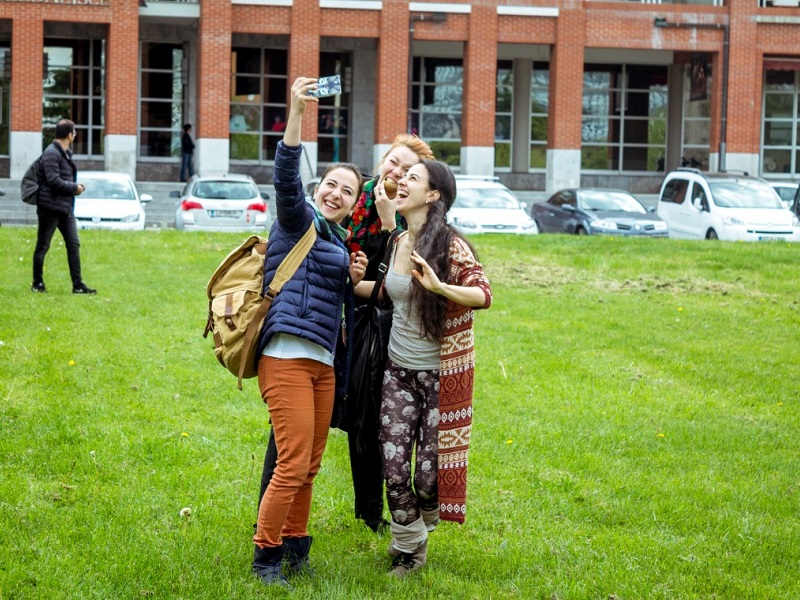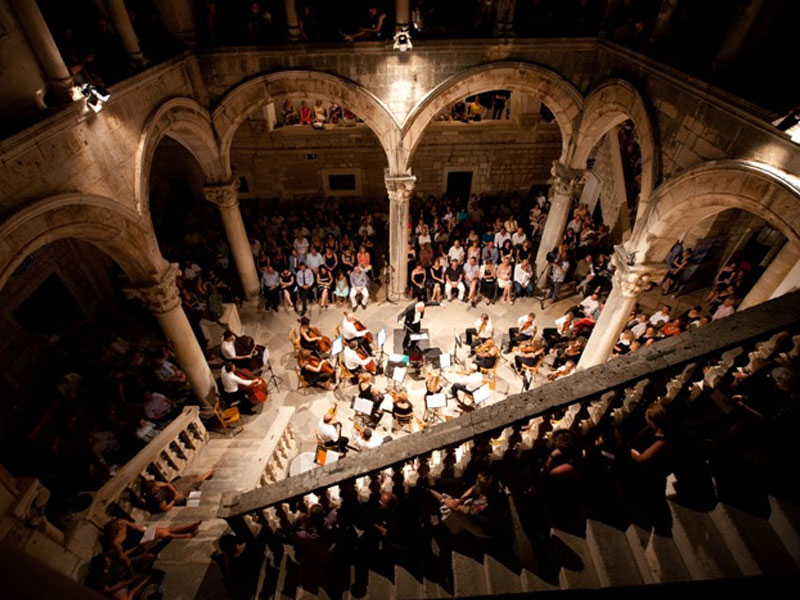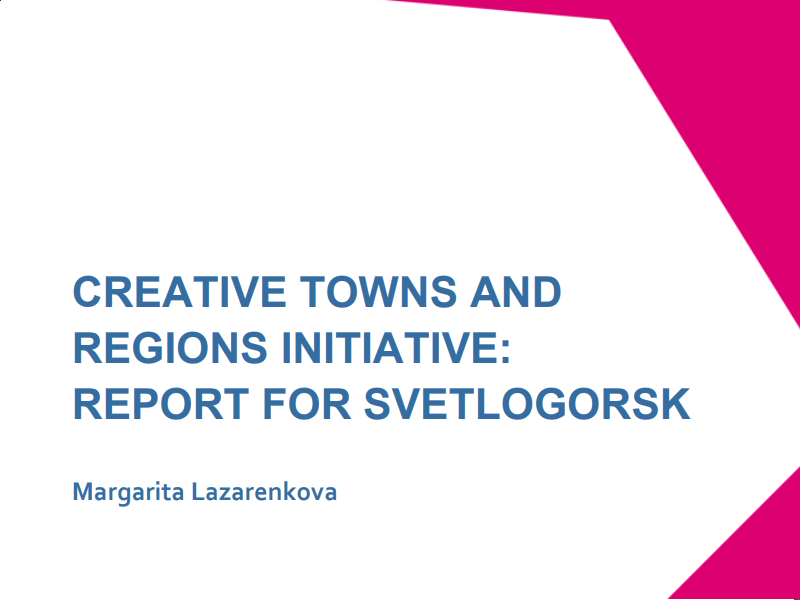
Cultural Education in Slovenian Cities: from Children’s Festivals to the First Independent Rural Art Academy
Visit to a unique Art Academy functioning as an NGO
Nova Gorica is a dreamlike place only half an hour away from the Italian Venice. The Nova Gorica University was established in the Vipava Valley in 1995. Starting from 2009, the University has an Art School as well, which formerly was a part of Ljubljana University. In 2016 the Art School became the fully accredited Art Academy.
The University is established by four public institutions, two municipalities and two research centres, but is completely independent of the Government, even though it results in a budget 14 times smaller than those of the state academic institutions. The University operates as an NGO, on the basis of the won European projects and tuition paid by the students, which is not at all high. For instance, the cost of the master’s degree program is EUR 1,000 per year. By the way, the master’s degree program is an international one, with instruction in English language, and some courses being available online as well, since the University tries to apply the mixed study system (daily attendance + remote learning).
Professor Peter Purg told us about several projects the Academy is implementing with the financial support from the European Union. Among these are international summer schools, workshops on various topics or Erasmus exchange programs. One of the implemented projects referred, for example, to the support of the participative art in rural communities: ‘Large cities, cultural capitals already know what to do and how to do it, while since our Academy itself moved from Ljubljana to a rural area, we decided to promote culture here as well’, Peter says. The students of different majors, such as design, architecture, filmmaking, went to Venice for two weeks to shoot a documentary film within another project, since the interdisciplinary cooperation is one of the Academy’s main goals.
Currently, the Nova Gorica University has 800 students, 70 of whom study at the Art Academy. Many of those are international students, who came from different continents. ‘Multitude is not our goal. We may be small in number, but we provide quality education’, adds Peter.
The Academy has a three-year ‘Digital Art and Practices’ bachelor’s degree program comprising four ground modules: animation, filmmaking, photography and new media. As it was mentioned before, the Academy offers a master’s degree program as well. ‘Media Art and Practices’ comprises the four modules of the bachelor’s degree program, plus contemporary art and scenographic spaces.
A 19-days festival for children, with 200 events and 7,000 participants
The Festival of Culture and Art Education for children was launched in Ljubljana in 2009, on the municipality’s initiative. It started as a cooperation between several of Ljubljana’s organisations and proceeded that way. While it started with several dozen of participants in its first year, in 2017 the festival lasted 19 days with about 200 events and around 7,000 participants – children aged six months to 13 years.
Musical, theatrical and dance performances, visits to museums and galleries, activities in schools and libraries – this is what happens during the three weeks of the festival. Tadeja Pungerčar, programme coordinator, told us that every year the festival is focused on a relevant subject. ‘We had literary events the year Ljubljana was the book capital, environmental actions when the city was named the green capital, as well as activities consecrated to certain remarkable persons. We touched upon the global problems, such as migration, as well’.
‘Festival’s visibility has grown over time’, added Tadeja. ‘We always do something before it and after. The festival is usually followed by the reflection part. We consider it very important. It takes shape of after-festival discussions and workshops. The children get used to asking questions, expressing their thoughts and feelings in discussions with various specialists. This is the moment when children discover their inner creativity’.
The festival plans to extend itself through the quality of the products it offers: ‘We want to involve children more, so that they would work together with the artists. We want to cooperate with more schools. We encourage kids to write their own critical reviews’, adds Tadeja.
23 representatives of the cultural sector from Armenia, Georgia, Moldova and Ukraine spent five days in Slovenia, where they visited 21 creative and cultural spaces and met over 60 Slovenian cultural organizations. Besides Ljubljana, the guests visited the city of Maribor in East, as well as Vipava, Nova Gorica, Šempas and Osek in West. The visit was hosted and planned by Motovila team, Centre for the Promotion of Cooperation in the Cultural and Creative Sectors from Slovenia. More details about the visit and the participants can be found out HERE.
The article was drawn up in cooperation with the 2015-2018 EU-Eastern Partnership Culture and Creativity Programme – culturepartnership.eu.




